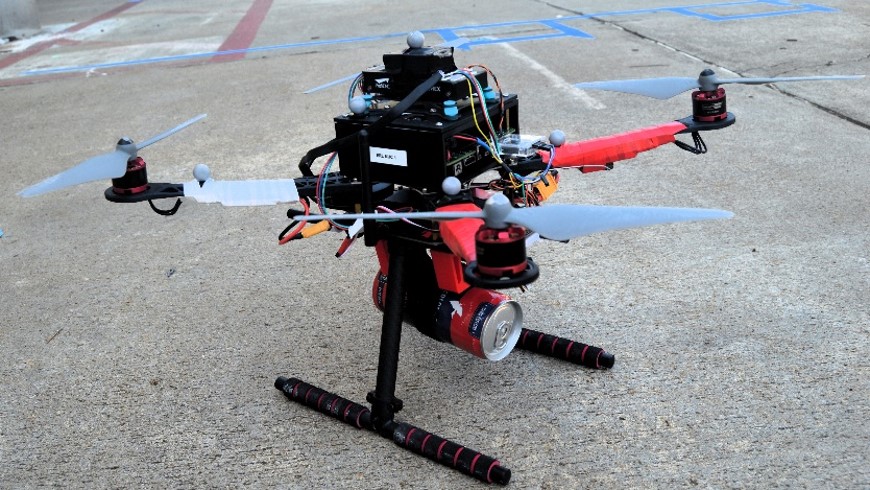Paper

Port-Hamiltonian Neural ODE Networks on Lie Groups For Robot Dynamics Learning and Control
Under Review, 2023.
[pdf]
|
|
|
|
|
|
University of California, San Diego Under review, 2023. |
|
|
|
 |
Thai Duong, Abdullah Altawaitan, Jason Stanley, Nikolay Atanasov Port-Hamiltonian Neural ODE Networks on Lie Groups For Robot Dynamics Learning and Control Under Review, 2023. [pdf] |
|
|

|
|

|
|
AcknowledgementsThis webpage template was borrowed from https://akanazawa.github.io/cmr/. |